Tantalum is a rare metal with a wide range of applications in various industries. It is known for its excellent corrosion resistance, high melting point, and unique capacitance properties. Tantalum sulfate is a compound derived from tantalum that finds its use in a diverse range of applications.

Tantalum sulfate is primarily used as a precursor to produce tantalum capacitors. Tantalum capacitors are small and efficient electronic components that store and regulate electrical energy in electronic circuits. They are widely used in consumer electronics such as smartphones, laptops, and televisions. Tantalum capacitors have a high capacitance-to-volume ratio and can withstand high temperatures, making them ideal for use in compact and high-performance electronic devices.
In the chemical industry, tantalum sulfate is used as a catalyst for various chemical reactions. It is also used in the production of other tantalum compounds, such as tantalum oxide and tantalum chloride.
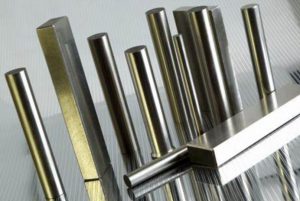
Tantalum sulfate is also used in the production of superalloys, which are high-strength and high-temperature-resistant alloys used in aerospace and defense industries. These alloys contain a combination of metals, including tantalum, to provide the necessary strength and corrosion resistance needed for critical applications.
In the medical industry, tantalum is used to produce implants that can be used for reconstructive surgery. Tantalum sulfate is used as a precursor to produce tantalum powder, which is then used to make the implants. Tantalum implants are biocompatible and have excellent mechanical properties, making them ideal for use in bone replacement and other medical applications.
In the nuclear industry, tantalum sulfate is used as a component in nuclear fuel rods. Tantalum’s high melting point and excellent corrosion resistance make it an ideal material for use in nuclear applications.
In conclusion, tantalum sulfate has a wide range of applications in various industries. Its use as a precursor in the production of tantalum capacitors and implants, as well as in the chemical, aerospace, and nuclear industries, highlights the importance of this compound in modern technology and manufacturing.
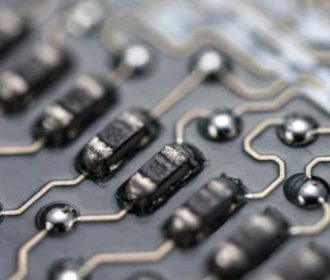

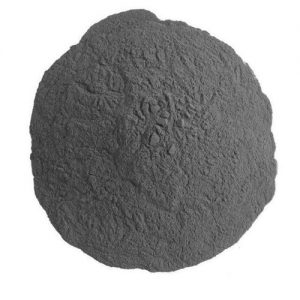

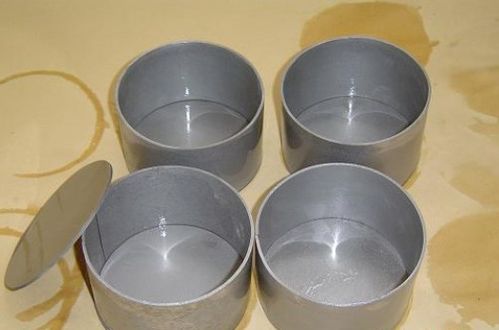
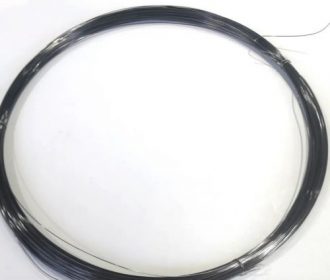
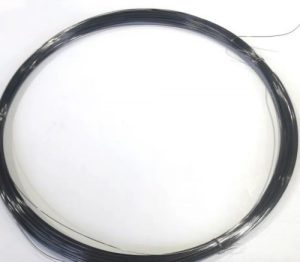
Recent Comments